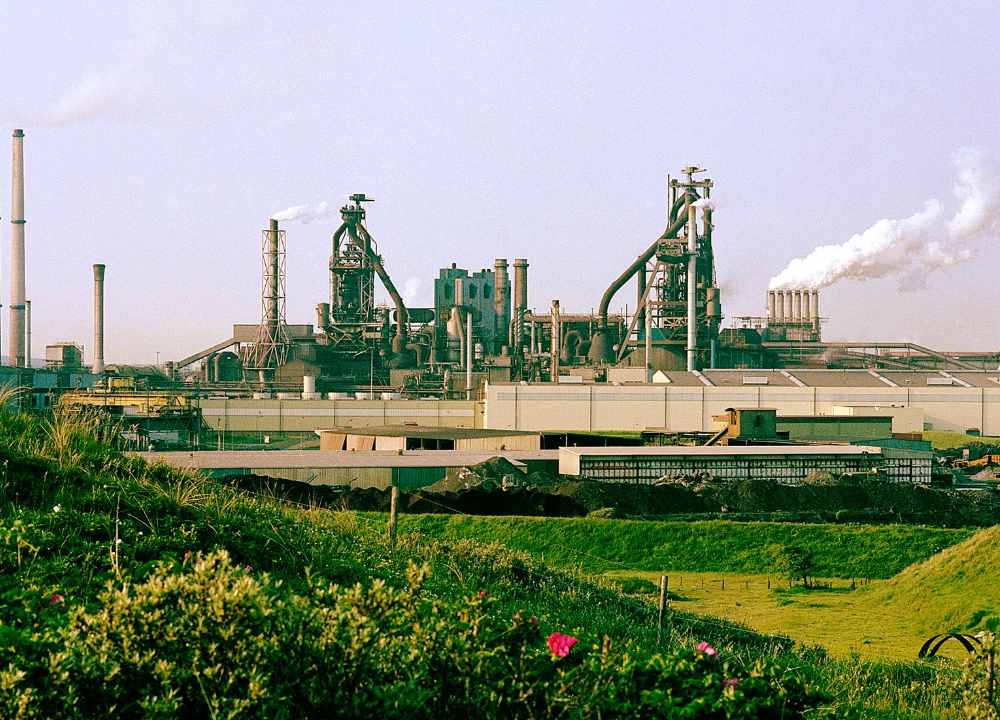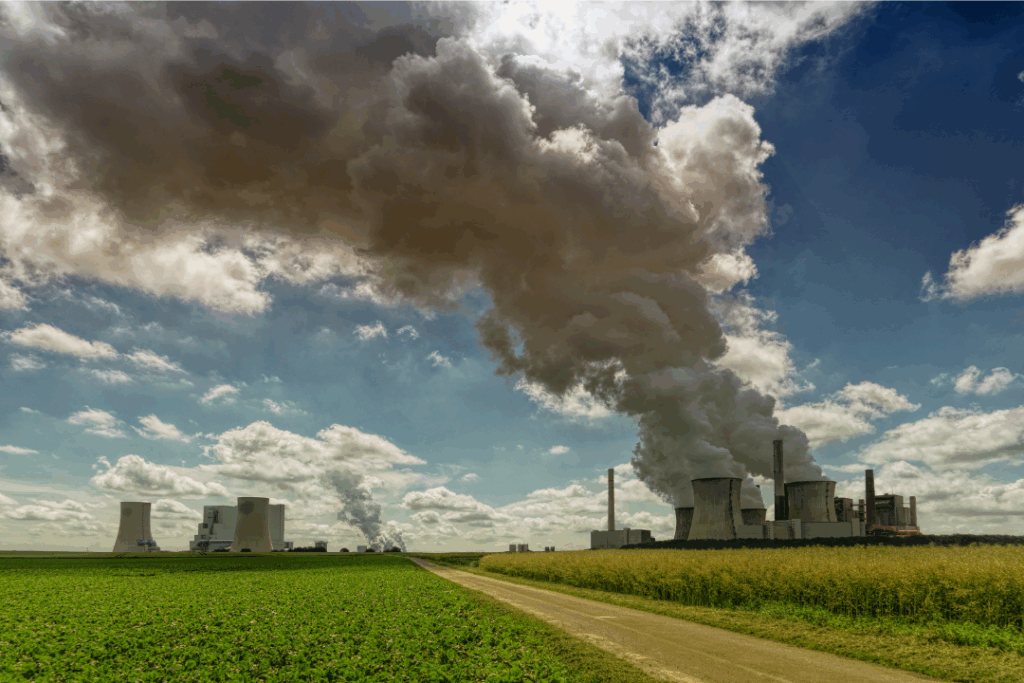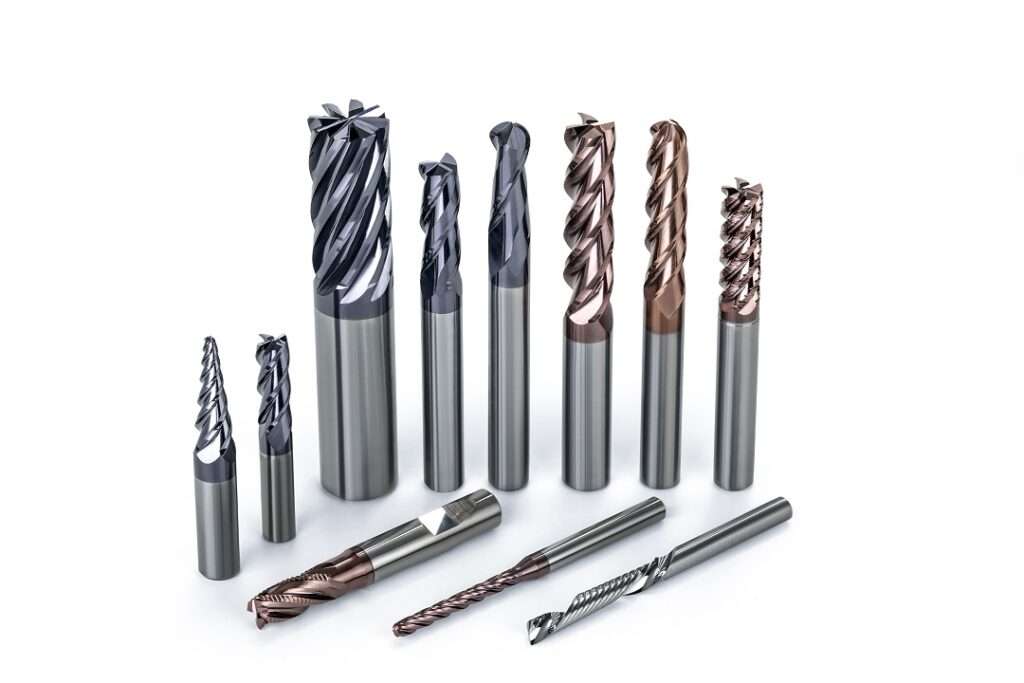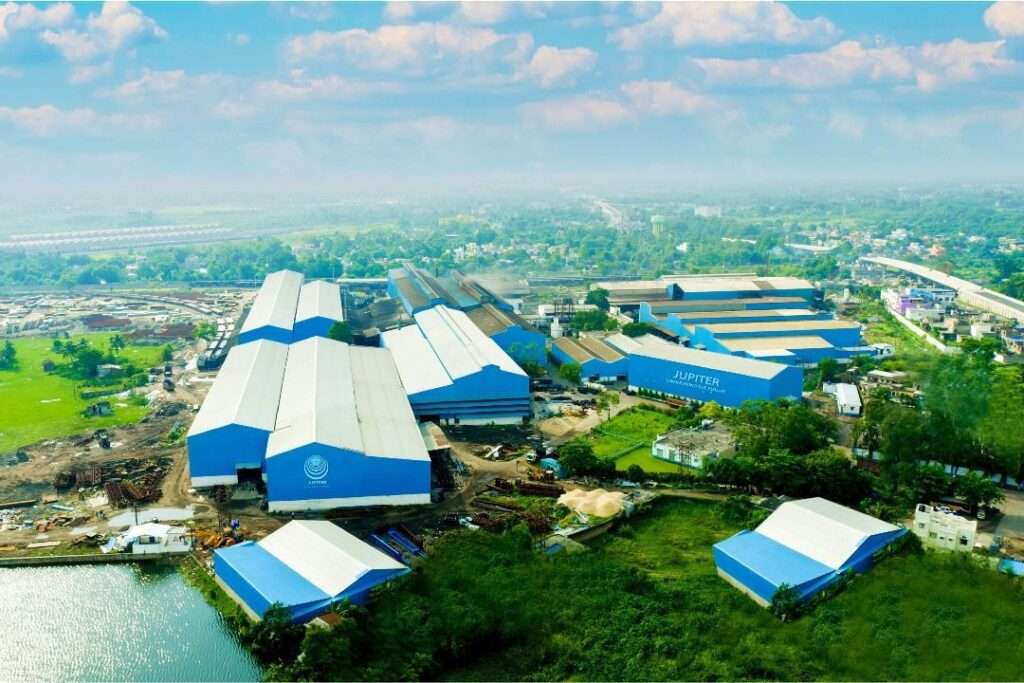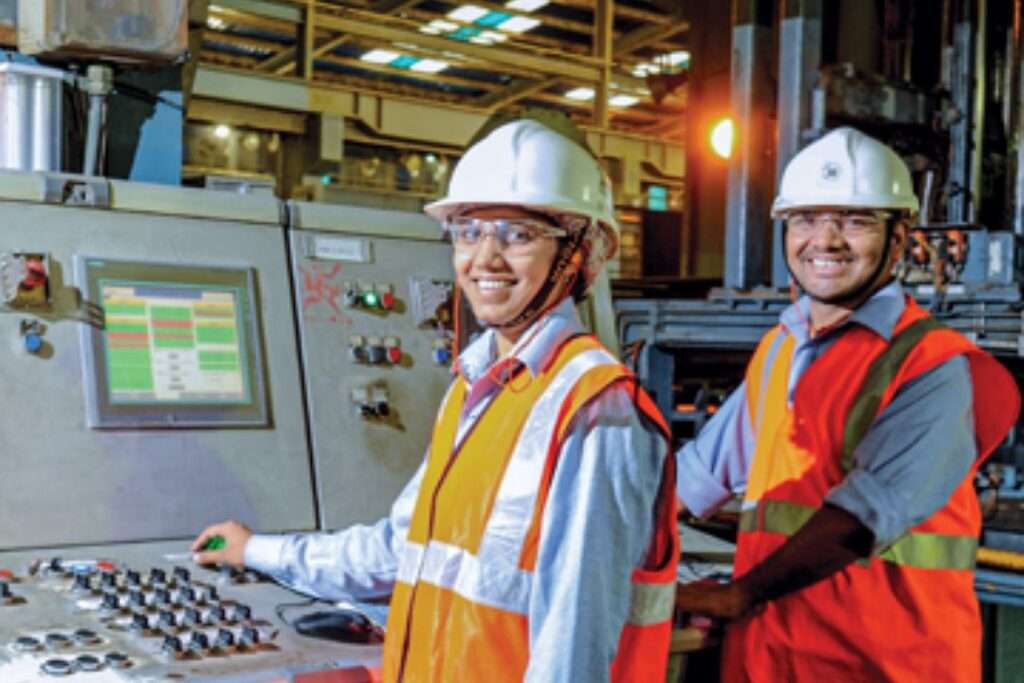Tata Steel is set to retire a major blast furnace at its IJmuiden facility in the Netherlands as part of its bold decarbonization strategy. The company plans to replace its coal-based production with a Direct Reduced Iron (DRI) plant and Electric Arc Furnace (EAF) system under its Heracless project, according to industry sources.
This nearly €1.5 billion overhaul will involve shutting down Blast Furnace 7 and Coke and Gas Plant 2, aiming to cut CO₂ emissions by 5 million tonnes annually by 2030. Initially, the site will operate on natural gas, but it is being prepared for a future switch to hydrogen as supply infrastructure develops. Tata Steel is also exploring a partnership with the Netherlands’ HNS hydrogen network when it’s operational.
The plan still requires approval from both Tata Steel’s board and the Dutch government, sources added. In its FY25 annual report, Tata Steel highlighted that public concerns about noise, dust, and emissions around its manufacturing sites have intensified pressure for decarbonization and social responsibility efforts. “Tata Steel Europe Ltd, a fully owned subsidiary, is transitioning away from blast furnace-based production towards decarbonised operations in both the UK and Netherlands, which will impact future cash flow projections,” the report noted.
The shift in technology and the associated investments are contingent on receiving financial and policy backing from local governments and a regulatory framework in Europe that promotes CO₂ reduction. Management believes that the additional costs for carbon reduction will likely be offset through higher steel prices or public subsidies.
Tata Steel Europe’s liquid steel production stood at 7.82 million tonnes in FY25, slightly higher than the previous year’s 7.80 million tonnes. Deliveries from the European operations rose by 4%, reaching 7.97 million tonnes. However, the company’s turnover of ₹76,416 crore was marginally down from the previous ₹78,144 crore, due to a lower average revenue per tonne, despite the increase in deliveries.
The EBITDA loss from European operations shrank to ₹3,327 crore, a substantial improvement from the previous year’s loss of ₹7,612 crore. The positive change was primarily driven by the Netherlands, where operations had been affected in the prior year due to a relining of Blast Furnace 6 and other restructuring actions.
Market analysis firm BigMint reported that Tata Steel decided to decommission Blast Furnace 7 instead of Blast Furnace 6 to achieve maximum emissions reduction. The latter has recently undergone significant upgrades, including the installation of environmental controls, and will remain in service.
The DRI plant will initially use natural gas for iron reduction but is designed to transition to 80% hydrogen-based reduction technology in the future. Tata Steel Netherlands recorded a production of 6.75 million tonnes of liquid steel in FY25, reflecting a 40% year-on-year increase. This is expected to remain stable as the plant shifts to the new setup.


